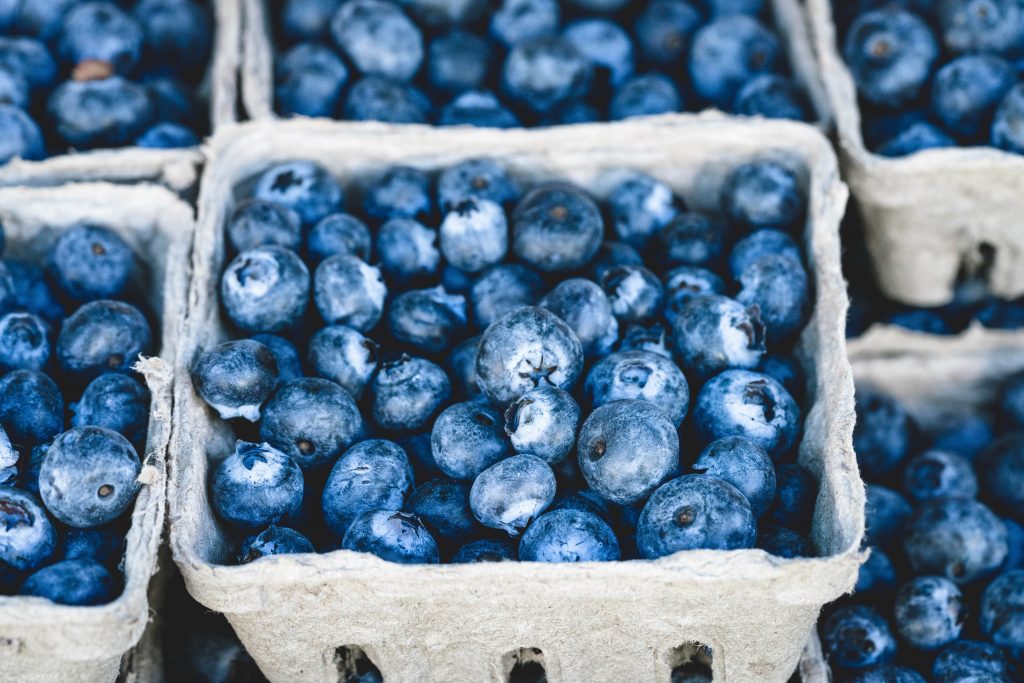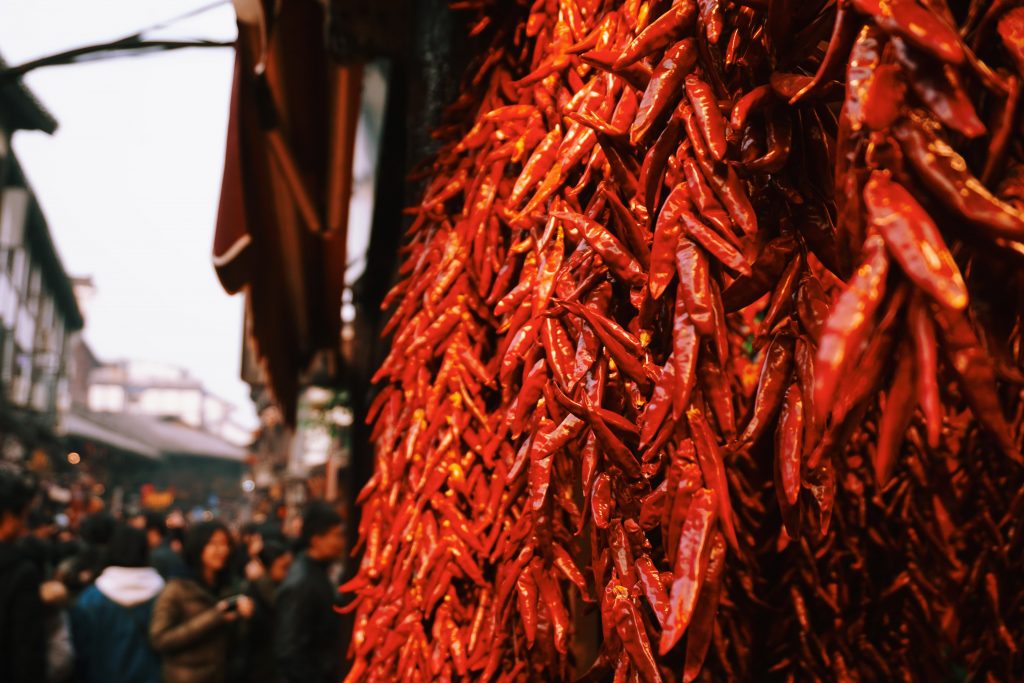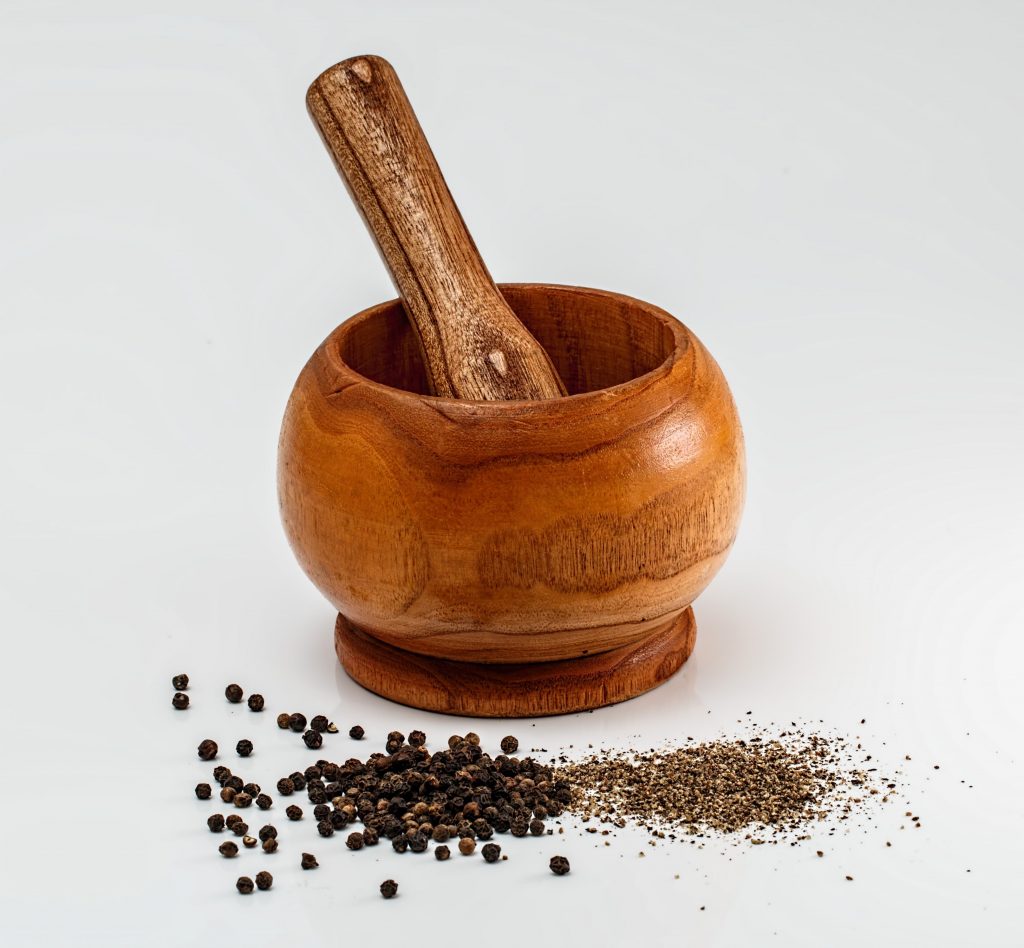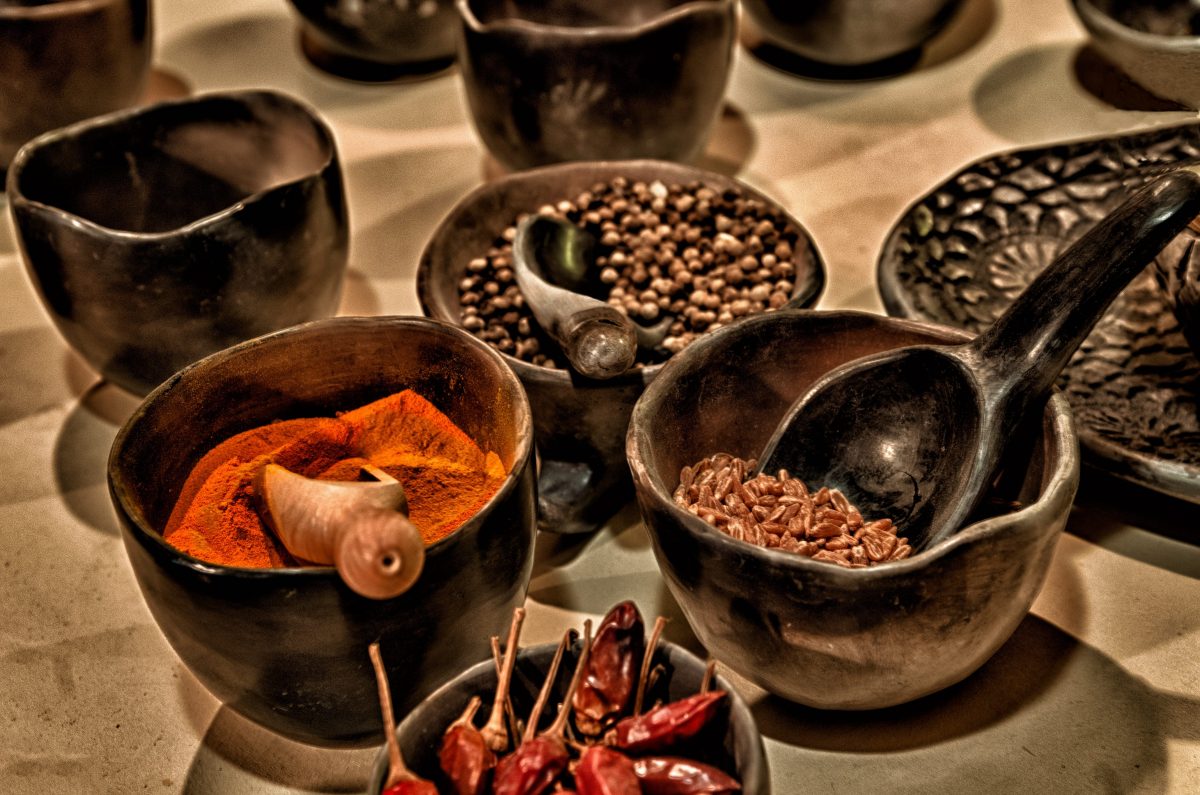Although common spices like cinnamon, oregano, cumin, parsley, and thyme are versatile and flavorful, there are only so many ways to combine them, and eventually, you may feel stuck in a rut.
With hundreds of culinary spices all over the world, you have plenty of options to choose from when it comes to adding zest to your cooking.
If you’re tired of using the same herbs and spices in every dish, or if you are simply feeling creative, pick up a new spice or two the next time you go to the grocery store and experiment with some new flavors in your favorite cookware.
Here are a few ideas to get you started in spicing up your culinary skills.
1. Sumac
With its tart, fruity flavor, the powder from dried sumac berries can be used in any dish that you might add a fresh squeeze of lemon too. Try sprinkling this flavorful, reddish-purple spice on hummus or adding it to your favorite type of fish or red meat. Sumac is commonly used in North African, Middle Eastern, and Southern Mediterranean cuisine and was used as the tart, acidic element in cooking before the Romans introduced lemons. However, one variety of edible sumac—North American Sumac, or Rhus aromatica—grows in the U.S.
2. Juniper Berries

Source: https://www.pexels.com/photo/food-healthy-red-blue-70862/
Like sumac, juniper also grows in North America. Perhaps the only spice that comes from a conifer, juniper berries grow on small shrubs that are common in the Northern Hemisphere. Native Americans in the Pacific Northwest historically cooked crushed juniper berries with bison meat. Juniper berries are also popular in European cuisine. Try them in sauerkraut or in marinades, stuffing, sauces, or stews for wild game or pork. Their tart flavor especially helps balance the gaminess of venison.
3. Kaffir Lime Leaves
Kaffir lime leaves grow on the makrut shrub, or Citrus hystrix, which is native to Southeast Asia and is also grown in California, Florida, and Australia. Although best used fresh, they are more commonly found dried or frozen for purchase in Asian grocery stores in the U.S. They have a citrusy pine scent that is similar to lemon verbena. Popular in Cambodian, Malaysian, Balinese, and Thai cuisine, kaffir lime leaves are often used in curries, stir-fries, soups, and salads. If you enjoy the Southeast Asian cuisine, this is an excellent spice to add to your pantry!
4. Pasilla de Oaxaca Chile

Source: https://www.pexels.com/photo/red-chili-lot-photo-823057/
A unique spice for true chili fans, this lesser-known smoked chili is grown only in the hilly Oaxacan region of southern Mexico. With a pungent fruit flavor, the dark red pasilla de Oaxaca chile is similar to a chipotle but with less heat and a richer smoky flavor that brings out notes of ham and bacon even in meatless dishes. They are excellent in posole, mole negro, bean dishes, soups, sauces, and Rellenos.
5. Grains of Paradise

Source: https://www.pexels.com/photo/brown-wooden-mortar-teasle-51384/
These seeds from the Amomum melegueta tree in West Africa were once used as a pepper substitute when pepper itself became too expensive. It is commonly used in both African and Caribbean cuisine. The unique name comes from spice traders in the middle ages who claimed the glossy brown seeds grew only in Eden and were collected from the rivers that flowed out of the garden. With zesty notes of butter, cardamom, coriander, flowers, and pepper, grains of paradise can be used to enhance the flavor of okra, steak, or anything you would use black pepper on.
6. Fenugreek
Used primarily in Egyptian, Turkish, and Middle Eastern cuisine, fenugreek seeds are common in curry and chutney. Purchase ground seeds for general cooking—they are dense and difficult to grind at home—and whole seeds for use in pickling blends and teas. Fenugreek was traditionally grown for its healing properties and for use in Egyptian embalming rituals. It has a sweet, nutty flavor with a maple aroma. Roasted fenugreek seeds are sweeter than those that are ground when raw.
7. Calabrian Chili
Here is another great spice for chili lovers. The Calabrian chili often referred to as pepperoncini, originates from the Calabrian region of Italy and is a common ingredient in Italian cuisine. With notes of salt, smoke, and fruit, this small, spicy chili goes well with pizza, sandwiches, and salami. Calabrian chili paste is excellent with meat and pasta dishes, and Calabrian chili oil is delicious on just about anything, from fish to salads.
From an exotic black pepper substitute to traditional curry ingredients, there are many unique spices available for you to add to your pantry and spice up your culinary skills. Instead of turning to the same herbs over and over again, try experimenting with American-grown juniper berries next time you make pork, or liven up a Mexican-inspired dish with the unusual pasilla de Oaxaca chile. Whether your preference is for exotic flavors or traditional comfort food, there are plenty of unique spices to choose from when you feel stuck in a cooking rut.
Author’s Bio:
Melissa is a freelance writer and food blogger at recipe-barn.com. She is very passionate about cooking, creating and sharing unique recipes or just simply cooking good food. Melissa has also developed an interest in a variety of other things including healthy diet and traveling in new places around the globe to experience different cuisines and learning different cultures.
Sources:
https://www.spicesinc.com/p-469-exotic-spices.aspx
https://www.thespicehouse.com/spices-a-to-z
http://www.culinarylore.com/substitutions:what-can-i-substitute-for-kaffir-lime-leaves




